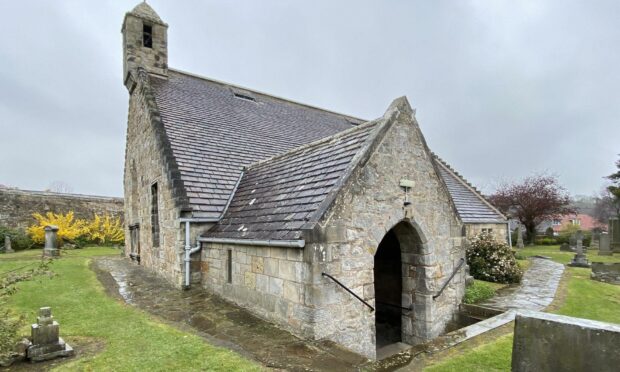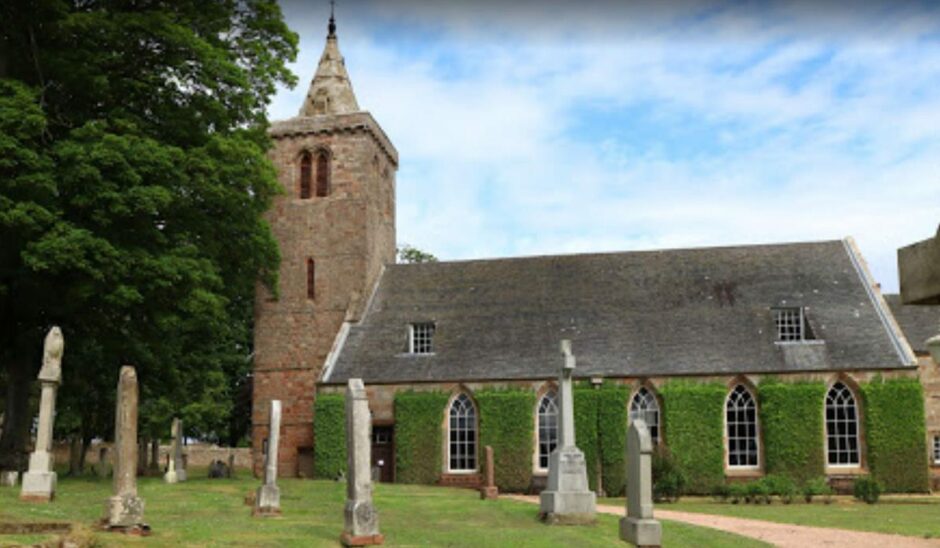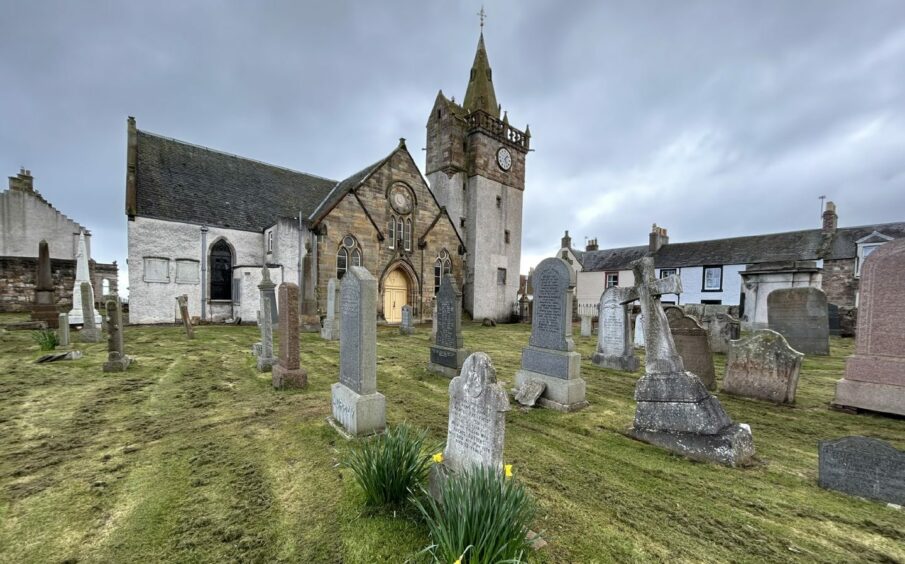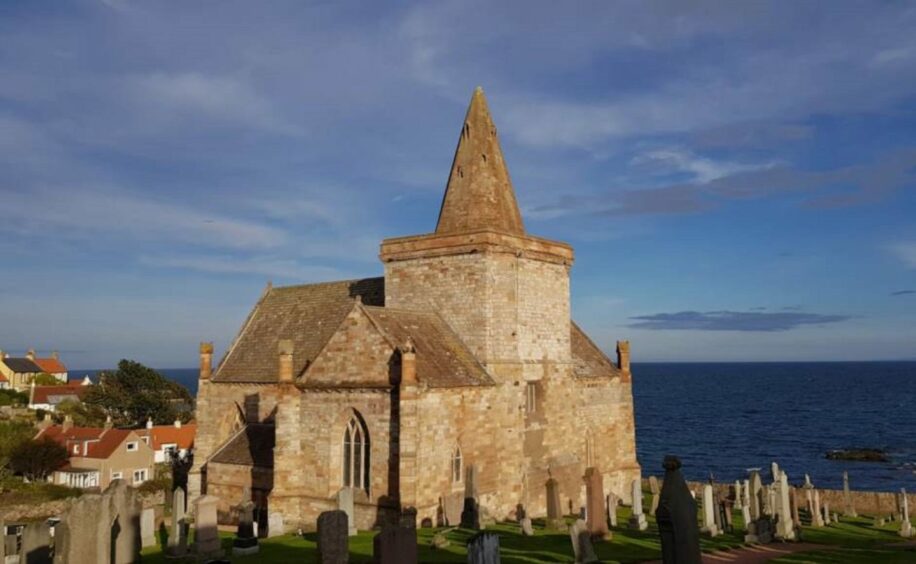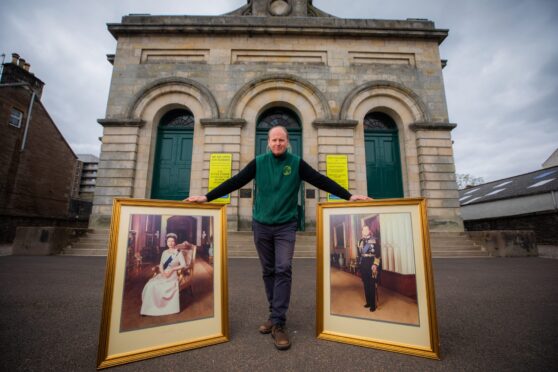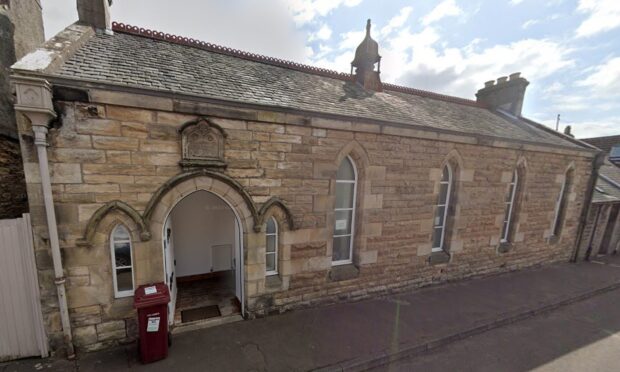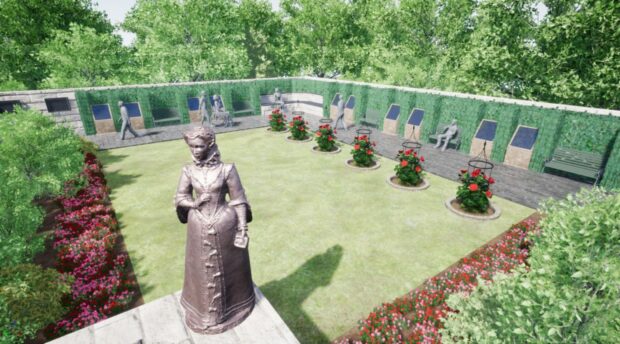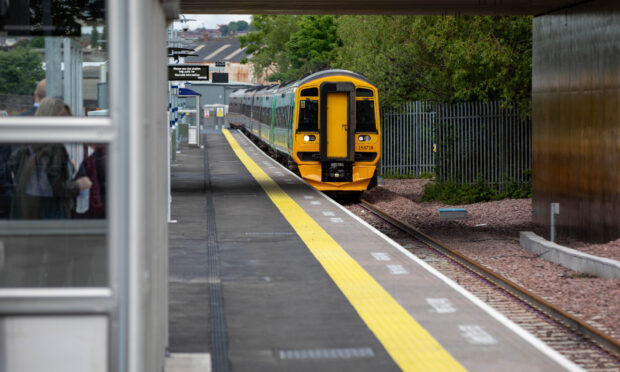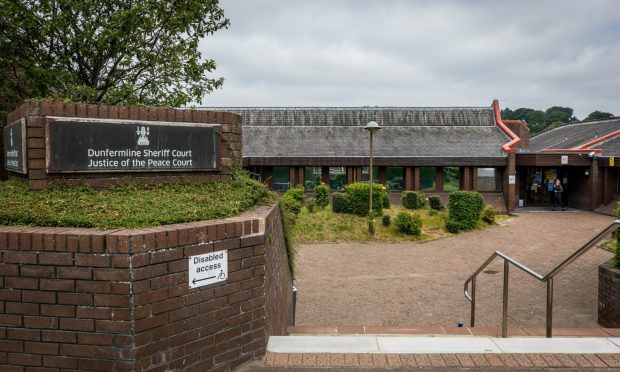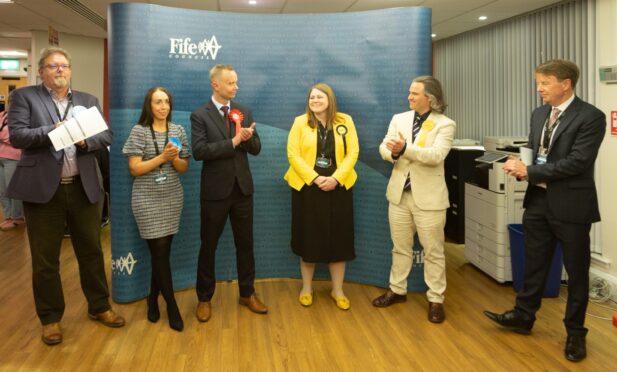A proposal to close one of Scotland’s oldest churches, St Fillan’s in Aberdour, could be reversed if new recommendations are approved.
The 900-year-old building is one of two historic Fife churches now put forward for retention following a year-long investigation.
The twelfth century Crail church could also be saved.
They were among seven old church buildings looked at by Fife Presbytery’s Historic Churches Working Group over the past 12 months.
Culross Abbey, Burntisland, Cupar Old, St Monans and Pittenweem were also considered for retention.
However, they are likely to close under recommendations to go before Presbytery on Saturday.
The news has been met with disappointment, particularly in Fife’s East Neuk which could lose two of its historic churches.
Shock as 51 Fife churches earmarked for closure
The seven historic buildings were among 51 Fife churches earmarked for closure last year.
It followed the announcement of the Church of Scotland’s controversial downsizing exercise.
This aims to tackle the soaring cost of running the buildings at a time of dwindling congregations and income.
People in Aberdour were among hundreds of church-goers in the region shocked by the proposals.
Public meetings were held and 150 letters of objection submitted over the “act of cultural vandalism”.
However, seven congregations were thrown a lifeline when Fife Presbytery set up its working group to look again at the viability of some historically-significant buildings.
The group was led by St Andrews University chaplain Rev Dr Donald McEwan.
And it considered churches which are A-listed by Historic Environment Scotland.
Why should St Fillans and Crail be saved?
The group notes St Fillans in Aberdour is celebrating its 900th anniversary this year.
It is already open to a wide variety of uses and has good relationships with school and community organisations.
Meanwhile, Crail is a significant host to the East Neuk Festival and office bearers are keen to carry out restoration.
The group concludes: “On balance we can see good reasons for the retention of the church as the focus for Church of Scotland worship within Crail.”
Both are recommended for retention on condition the congregation engages with a historic churches support group to draw up an action plan.
Reasons for disposing of five other Fife churches
Reasons are also given for recommending disposal of the five other historic buildings.
- Culross Abbey: Due to a lack of people willing to take on responsibility, the group recommends the formation of a trust to ensure the building remains in public use.
- Burntisland: The working group says there is a real possibility of a local trust being set up to keep the church as a public asset.
- Cupar Old: It is one of two churches in the town and the group concludes that at a time of difficult decisions, it is not right to retain both.
- Pittenweem: The groups says: “There are two other church buildings in Pittenweem which could encourage a deeper ecumenical engagement.”
- St Monans: The recommendation is to set up a trust to ensure the survival of the building for public use.
The Church of Scotland will speak exclusively to local groups who want to keep buildings open to the public.
However, the agreement is subject to a business plan that outlines fundraising options.
‘Saddened’ by loss of two East Neuk churches
East Neuk Liberal Democrat councillor Sean Dillon is dismayed by the outcome.
He said the recommendations were understandable in the face of declining congregations, rising costs and fewer ministers.
However, he added: “I’m saddened the group did not see potential in the kirks of St Monans and Pittenweem.
“I am particularly concerned about the decision to dispose of Pittenweem, given the Presbytery has already earmarked the village’s church hall for closure.
“This will leave the village with no Church of Scotland presence.
“I would urge anyone interested in helping keep our church buildings for community use to make themselves known as soon as possible.”
